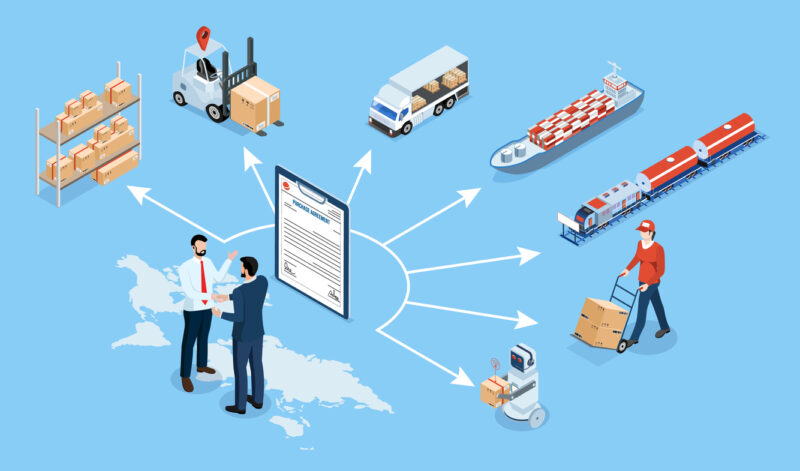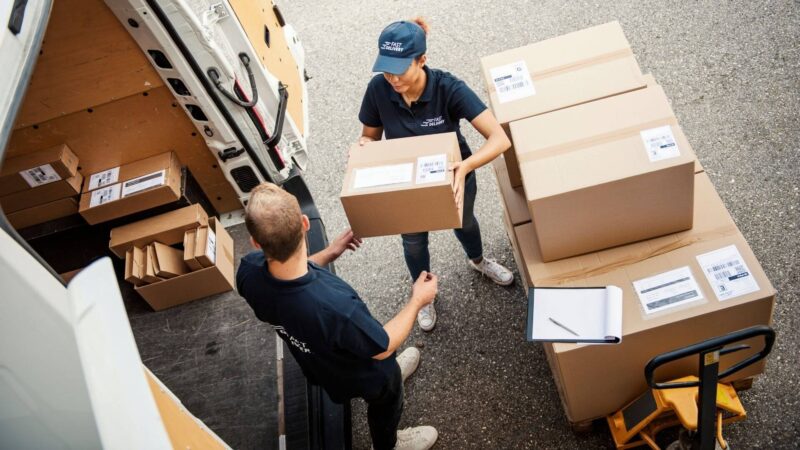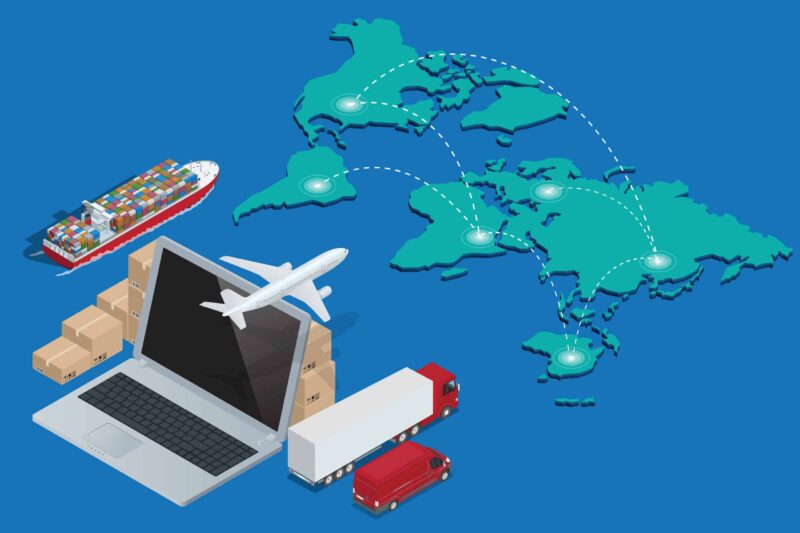International shipping can be a complex and costly affair, especially when you’re trying to find the most cost-effective way to send packages across borders. With the ever-growing global market, the need to understand the nuances of international shipping has become more crucial than ever. In this article, we will explore various hacks and strategies to help you find the cheapest way to ship internationally, ensuring your packages reach their destination without breaking the bank.
Understanding Shipping Rates and Options

The first step in reducing your international transport costs is to understand how shipping rates are determined. Rates are usually based on the weight and dimensions of the package, the distance it needs to travel, and the speed of delivery. Different carriers have their pricing structures, so it’s vital to compare them. For instance, USPS might be more cost-effective for smaller packages, while private carriers like UPS and FedEx might offer better rates for larger or heavier items. Also, consider the type of service offered – standard, express, or economy – as this greatly affects the cost. Learn more at Qube Cargo.
Leveraging Bulk Shipping Discounts
If you’re transporting large quantities, take advantage of bulk shipping discounts offered by many carriers. These discounts are based on the volume of your shipments or your status as a frequent shipper. Negotiating with carriers can lead to significant savings, especially if you have a steady stream of international shipments. Establishing a good relationship with your carrier can also open the door to additional discounts and services.
Opting for Consolidation Services
Consolidation services can be a game-changer for international transport. This involves combining multiple smaller shipments into one larger shipment. This method is cost-effective because carriers often charge less for a single large package compared to the total cost of shipping several smaller packages individually. Many third-party logistics providers offer consolidation services, which can significantly reduce your transport costs.
Choosing the Right Packaging

The way you package your items can have a significant impact on shipping costs. Heavier and larger packages generally cost more to ship. To minimize costs, use the lightest and smallest packaging possible without compromising the safety of your items. Additionally, some carriers offer their packaging materials, which might be more efficient and cost-effective than using your own.
Utilizing Postal Services Over Courier Services
In many cases, national postal services like USPS in the United States offer more competitive rates for international transport compared to private courier services. This is particularly true for smaller, lighter packages. While courier services may offer faster delivery and more comprehensive tracking, postal services are often more affordable for less urgent shipments.
Understanding and Minimizing Customs Charges
Customs charges can add a significant amount to the cost of international transport. These fees vary widely depending on the destination country and the type of goods being shipped. To minimize these costs, make sure you’re aware of the customs policies of the destination country and classify your goods correctly. Incorrect classification can lead to higher customs duties. Also, include all the necessary documentation to avoid delays and additional charges.
Exploring Hybrid Shipping Options

Hybrid transport services, which combine the services of multiple carriers, can offer a cost-effective solution for international shipping. These services typically involve a national postal service for the first leg of the journey and a private carrier for the final delivery. This combination often results in lower costs than using a private carrier for the entire journey.
Keeping Up with Changing Regulations and Trade Agreements
International transport regulations and trade agreements are constantly changing, and staying informed can help you save money. For example, certain trade agreements between countries can result in reduced tariffs or other shipping benefits. By keeping up-to-date with these changes, you can adjust your transport strategy accordingly and take advantage of any cost-saving opportunities.
Understanding Shipping Rates and Their Variables
The first step in finding the cheapest shipping option is to understand how shipping rates are determined. Transport costs are not arbitrary; they depend on a variety of factors including package weight, dimensions, destination, and the speed of delivery. Different carriers have different pricing structures, so it’s important to know how each carrier calculates their rates. For instance, some might offer lower prices for lighter packages, while others might have better deals for bulk shipping.
Selecting the Right Shipping Carrier

Choosing the right carrier is crucial. Major international shippers like FedEx, UPS, and DHL have different strengths and weaknesses. Some might offer better rates for transport to certain countries, while others might have more reliable tracking systems. Researching and comparing these carriers is key. It’s not just about who offers the lowest price, but also who provides the best value considering reliability, delivery speed, and customer service.
Leveraging Bulk Shipping Discounts
If you ship in bulk or have a high volume of shipments, you might be eligible for discounts. Many carriers offer discounted rates for businesses or individuals who ship large quantities of items. These discounts can significantly reduce your shipping costs. It’s always worth negotiating with carriers to see if you qualify for any bulk transport rates.
Optimizing Package Dimensions and Weight
The size and weight of your package can drastically affect the shipping cost. Carriers often use a pricing technique known as dimensional weight (DIM), where the transport cost is based on the package’s volume as well as its actual weight. To minimize costs, it’s essential to use the smallest possible packaging without compromising the safety of the contents. Also, consider the weight of your packaging materials and try to keep them as light as possible.
Understanding and Minimizing Customs Charges

Customs charges can add a significant amount to the cost of shipping internationally. These fees vary by country and are based on the type and value of the items being shipped. To minimize these costs, ensure that you accurately declare the value of your items. Overestimating the value can lead to higher customs charges, while underestimating can cause delays and penalties.
Summary
In conclusion, finding the cheapest way to ship internationally requires a careful balance between cost, speed, and reliability. By understanding how transport rates are calculated, choosing the right carrier, optimizing your packaging, and being aware of additional costs like customs charges, you can significantly reduce your international shipping expenses. Additionally, leveraging online tools and being strategic about the services you choose can help you save even more.













